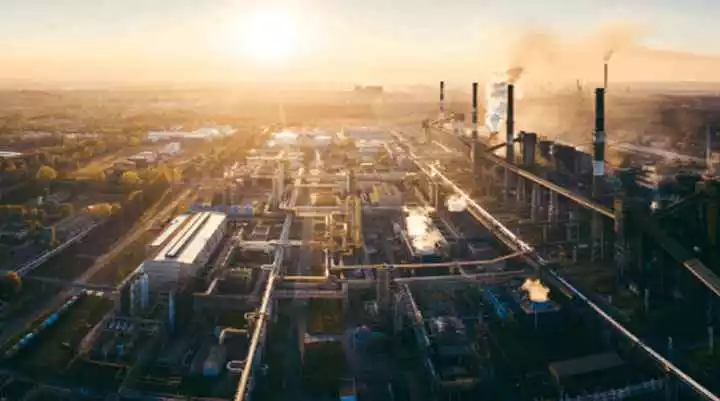Industrial gas is utilized in a wide range of interfaces, from petrochemicals to aerospace. It is also widely used in the food and beverage industry, which has been known to purchase increasing quantities of food-grade industrial gas. It is utilized to chill, freeze, and package numerous food products such as dairy foods and vegetables. Food-grade industrial gases must be high-purity and comply with food-grade standards. Some examples of Industrial gases will include nitrogen, oxygen, as well as carbon dioxide
3 Major Groups of Compressed Gases
1. Liquefied gases
Gases have the ability to become liquids at average temperature when they are placed inside cylinders under extreme pressure. They can exist within the cylinder in a fluid vapor balance. The cylinder must be almost fully liquid. Afterward, gas fills the space above the liquid. Once the gas is removed from the cylinder, there should be sufficient liquid that will replace it. Keep the pressure in the cylinder balanced at all times. Two examples of liquefied gases are chlorine and nitrous oxide.
2. Non Liquid gases
Non-liquefied gases are otherwise known as compressed or pressurized gases. These gases typically do not turn into liquid when compressed at average temperatures, even when subjected to high pressure. Two examples of these gases are oxygen and nitrogen.
3. Dissolved Gases
Acetylene is a liquefied gas. It is considered to be very unstable. Even when subjected to atmospheric pressure, acetylene gas has the potential to explode. However, acetylene gas is typically stored and utilized safely into the cylinders at high pressure.
This method is possible because acetylene cylinders are packed with an inert porous filler. Acetone is a substance utilized to saturate the filler. Other suitable solvents can also be utilized for the filler. Once acetylene gas is added to the cylinder, the gas can dissolve the acetone making the acetylene solution stable.
Uses and dangers of 4 common industrial gases
1. Hydrogen
Hydrogen is the most commonplace element in the entire universe. But it takes a long time to process it to extract and contain the purest hydrogen. In many cases, this gas can be liquefied as well as compressed. It can even be mixed with other gases for numerous uses. Hydrogen can fuel space rockets as well as function in welding processes.
But the critical danger about hydrogen is its capacity to explode. Once it is exposed, oxygen, even a regular static shock, can trigger hydrogen to cause a fire. On the other hand, hydrogen in liquid form is extremely cold and can result in extreme frostbite.
2. Acetylene
Acetylene is notable for welding materials at extreme temperatures. It can withstand high temperatures beyond what other gases can achieve. It is also utilized in the chemical industry to process substances such as vitamin A and some plastics.
Acetylene is extremely flammable and explosive. It can also result in volatile compounds when mixed with metals such as brass and silver. It is crucial to utilize a portable gas detector to warn you if there is too much acetylene in your work area.
3. Oxygen
Oxygen is a type of industrial gas that is compressed liquid and has mixed forms. It is known as the gas crucial to human life. Because of this, oxygen tanks can help people with numerous medical conditions that can block breathing. Other applications of industrial oxygen will include rocket launching as well as laser cutting.
By itself, oxygen is not flammable. Oxygen can trigger other materials to catch fire. Materials that are known to retard flames in normal air can combust. Because of this, people in oxygen support must be away from heat sources. Caregivers and medical personnel must also never smoke near an oxygen tank.
4. Methane
Methane is the result of the fermentation of organic matter and is the main component of natural gas. It is typically used to produce energy for residential homes and industries. The substance also utilizes plastics as well as fertilizers. Methane also helps create other types of industrial gases.
Conclusion
Gases benefit industrial industries in enormous ways. Their benefits outweigh the risk of handling them, but you need to apply adequate safety measures and only source your industrial gas from a trusted supplier. Once the industrial gas arrives in your location, it is critical to store them properly and utilize a portable multi gas detector to warn of gas leaks before it becomes hazardous.

